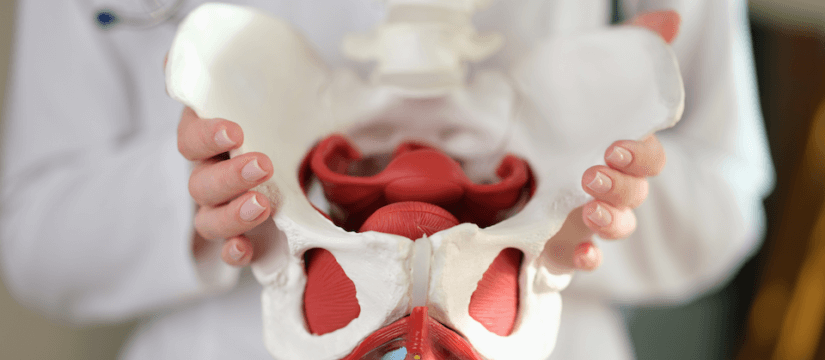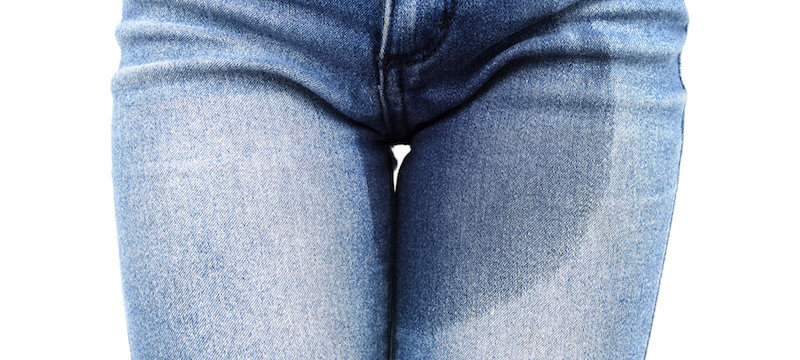Biofeedback therapy enhances your rehabilitation experience by teaching you how to control and change the behavior of your pelvic floor. If you don’t know how to contract or relax your pelvic floor muscles, then biofeedback therapy can help you make that connection and improve your overall pelvic health. What is biofeedback therapy for the…
Urinary Incontinence
Fluid In vs. Fluid Out: Here’s How Much You Should be Drinking & Peeing
People experiencing urinary incontinence often turn to extreme measures to avoid uncomfortable or embarrassing situations, including limiting their fluid intake overall. Although it might seem logical, drinking less throughout the day is not the answer. Restricting your water intake will not make you pee any less. In fact, you may feel like you have to…
Bad Bladder Behavior: 5 Ways to Retrain Your Bladder
People consider addressing behavior when their choices lead to unwanted consequences. Eating too many sugary sweets today may lead to kidney disease tomorrow. That extra glass of wine can result in you wetting your pants by morning. And dehydration can lead to constipation. In order to improve your condition, you must decide to change behaviors…
7 Pelvic Floor Exercises You Can (And Should) Do At Home
Are you part of Team “I’ve tried Kegels, and it doesn’t work for me?” Then you need to schedule a thorough functional assessment to ensure you are not overloading your pelvic floor tissues with unnecessary work. And to also rule out hypertonic (or tight) pelvic floor muscles. If you don’t, then over time, you could…
Incontinence Under Control: These 6 Lifestyle Changes Can Help Keep You Dry
Starting a pelvic floor muscle training program is highly encouraged to benefit individuals with incontinence issues and is supported by the scientific community. But, what happens when incorporating an exercise program at home is not enough? Often, people quit their prescribed pelvic floor muscle training program prematurely for many reasons: Education Age Incontinence severity Memory…
How Breathing Can Help Strengthen Your Pelvic Floor
How does breathing affect your pelvic floor? The act of breathing seems so simple since it’s a practice we’ve all experienced since birth. Even when you’re not paying attention, you draw air into your lungs automatically and rhythmically. Your diaphragm contracts down into your abdomen, which creates a domino effect of expansion around your core…
5 Breathing Exercises To Help Strengthen Your Pelvic Floor
Recent studies have examined how diaphragm muscle training is as effective as abdominal muscle training and pelvic floor muscle training to reduce pelvic floor dysfunction. Let’s explore some exercises that you can incorporate breathing in to help address your core areas by reducing strain or providing a gentle stretch across your pelvic floor. You want…
Urinary Incontinence: Why You May Need More Than Just Kegels
“Lift and squeeze. Now, hold it for as long and as many times as you can throughout the day. Do it in the car while waiting at the red light, or while standing in line at the grocery store.” Is this the advice you got after the first time you leaked urine after a…
5 Tips for Reducing Urinary Leakage
There’s a secret a lot of women share, but don’t discuss. We can be giggling with our girlfriends and share freely some of the most intimate details of our lives, yet be unable to speak about what is happening physically with our bodies. During a cough, sneeze, laugh or even just a giggle, many…
Why do I leak when I sneeze, cough, run or lift something heavy?
A leak. A dribble. A little wetness. Whatever you call it, it’s name is stress urinary incontinence, or stress incontinence. It’s incredibly common among women in the United States, and it’s often preventable and treatable. Half of all women will have loss of control of our bladder at some point in our lives. Once…










